The announcement that EnergyAustralia’s Yallourn power station in Victoria is to close in 2028, two to four years earlier than had been expected, is an inevitable outcome of the subsidies that governments provide to wind and solar. Yallourn supplies one-fifth of Victoria’s electricity and about eight per cent of that in the National Electricity Market.
The rapid expansion of wind and solar – all of which is subsidised – has seen their market share lift from virtually nothing 20 years ago, to over 20 per cent. Because it is subsidised and receives payment even when (as is increasingly the case) wholesale prices are negative, renewable energy normally has priority over coal. This further disadvantages coal generators by forcing them to operate in a costly stop-start manner as well as at a lower capacity than was envisaged.
In a market that is showing no growth, this means that some existing capacity must close down. COVID induced lower prices have aggravated the government engendered longer-term energy market malaise. Notwithstanding the Gupta fables about green steel and aluminium, there is and with no prospect of the low but unstable current prices being able to attract long term demand for major facilities like a smelter.
Yallourn is the highest cost of the three remaining brown coal generators and so would be the prime candidate for early closure. Although, in spite of low prices and the royalty tax that the Victorian government has imposed, Yallourn may still be earning revenue at above its marginal cost. This would not be the case if major refurbishment becomes necessary (and the management would have good information on this). Moreover, low interest rates would be requiring the ultimate owners of Yallourn, Hong Kong-based Chow Tai Fook Enterprises, to take a hit on their books by making increased provisions for remediation.
Prior to today’s announcement, the National Market schedule of closures was as below:
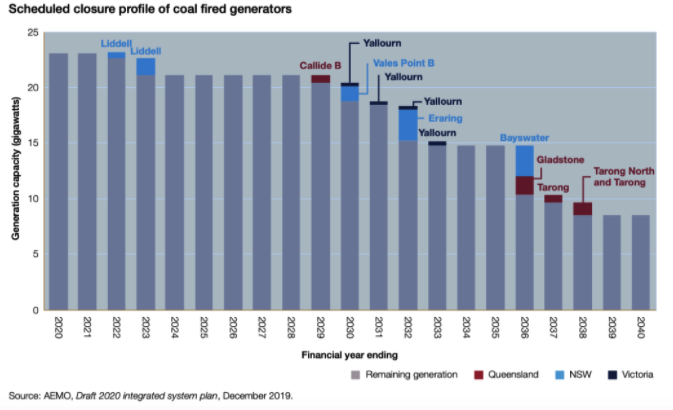 The EnergyAustralia announcement has stimulated speculation from Origin’s CEO that may foreshadow a closure of its Eraring plant prior to the currently envisaged 2032 date.
The EnergyAustralia announcement has stimulated speculation from Origin’s CEO that may foreshadow a closure of its Eraring plant prior to the currently envisaged 2032 date.
Early closure of coal generation units is one element in the total mess in the electricity supply system caused by government subsidies to high cost, irregular and low reliability renewables. Those renewables are competitive only because they have signed long term contracts with the major retailers at prices that are now extremely high. Those contracts are, in the main, held by superannuation funds, meaning that pensioners may well eventually take a major hit on their “investments”.
For consumers –– households and businesses — the loss of another major generator offers no upside. The closures will certainly bring increased prices – just as the closure of Hazelwood did in 2016. Though coal is losing out to renewables this is only because customers are paying in other ways. This includes some $7 billion a year in regulatory costs (where customers pay to meet government requirements for increasing wind and solar supplies) and direct subsidies to these same supplies.
Such subsidies are being increased even further as the increased renewables share forces the market operator to intervene to firm up supply and governments paper over the cracks by mandating more spending on transmission lines, the Snowy2 pumped storage and big batteries to compensate for the wind/solar deficiencies. In this latter respect, EnergyAustralia’s Managing Director Catherine Tanna has foreshadowed that the business will be investing in batteries. Though expressed as a measure that will prevent supply disruption, from a business perspective this takes advantage – at a further cost to customers – of the market opportunity that increased supply irregularity will bring.
Got something to add? Join the discussion and comment below.
Get 10 issues for just $10
Subscribe to The Spectator Australia today for the next 10 magazine issues, plus full online access, for just $10.

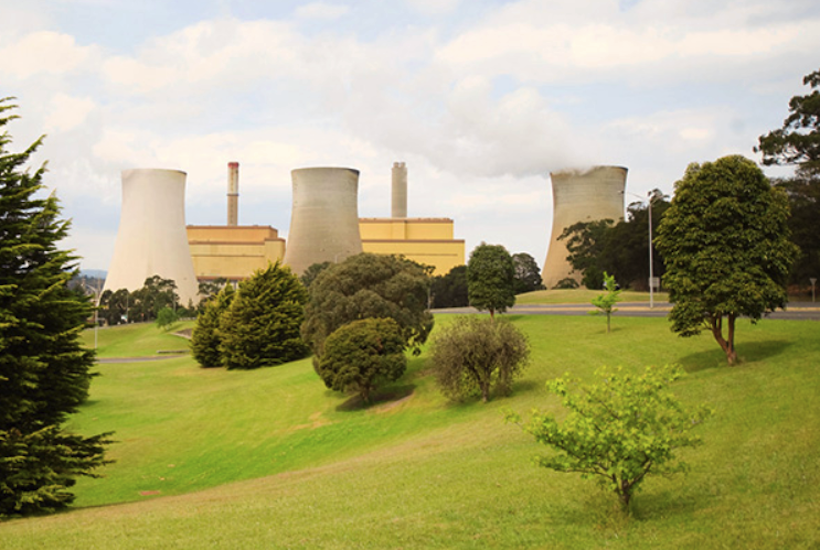
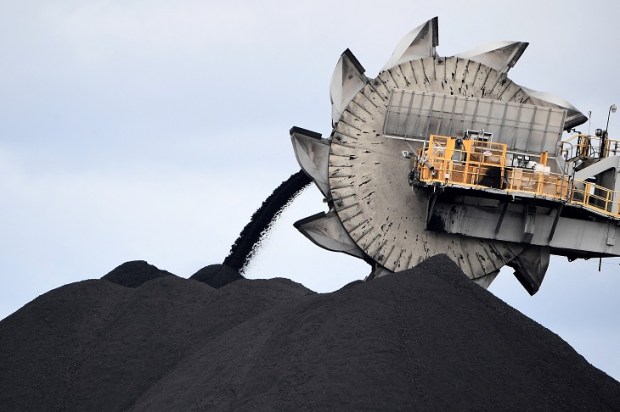
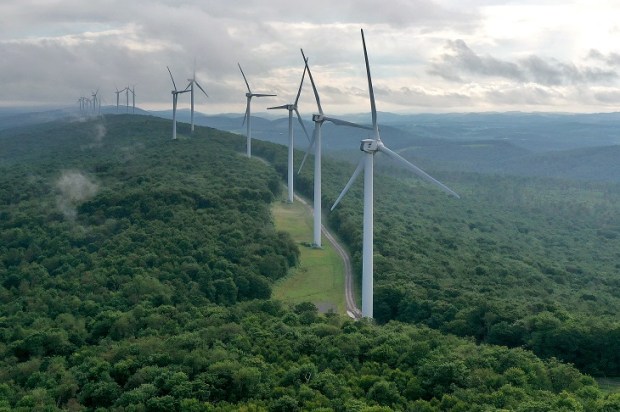

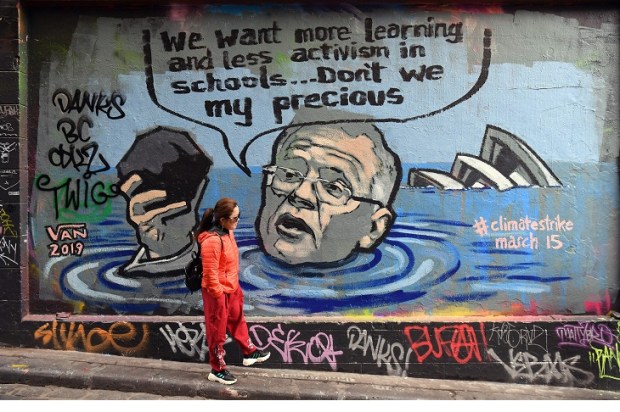

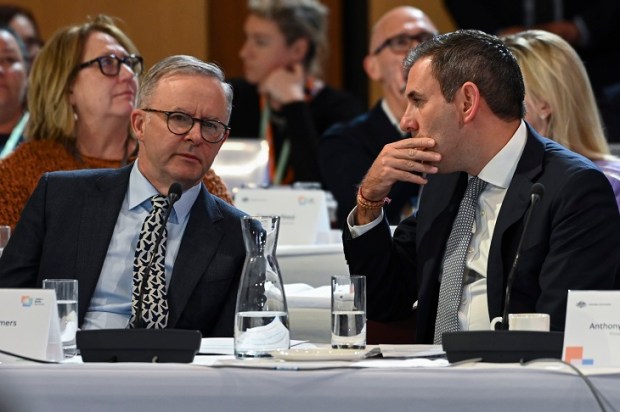


















Comments
Don't miss out
Join the conversation with other Spectator Australia readers. Subscribe to leave a comment.
SUBSCRIBEAlready a subscriber? Log in